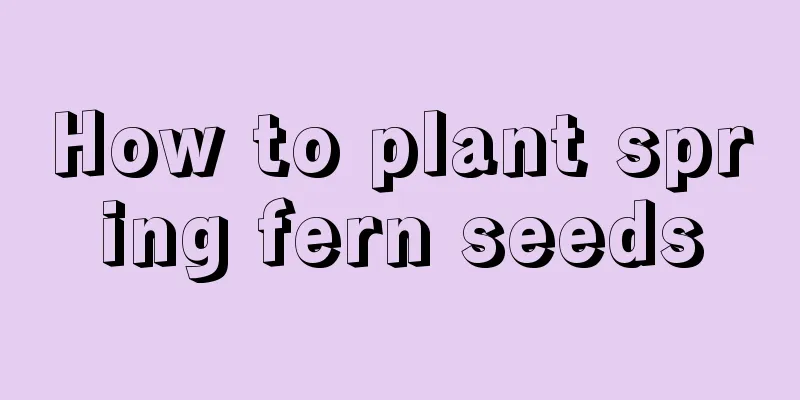Echinacea Pests and Control Methods

Pests of Echinacea: Pieris rapaesymptomCabbage loopers are widely distributed in China, occurring in all provinces, especially in the northern region. Adults are active during the day, with peak activity at noon on sunny days, and have a lifespan of 2-5 weeks. When cabbage worms feed, they excrete polluting feces as they eat. There are five larvae in total. Before the third instar, they mostly damage the back of leaves. After the third instar, they turn to feeding on the leaf surface. The food intake of 4th-5th instar larvae accounts for 97% of the food intake during the entire larval period. The larvae of cabbage loopers will bite the leaves of echinacea. Before the second instar, they only eat the leaf flesh, leaving a layer of transparent epidermis. After the third instar, they eat away the holes or notches in the leaves. In severe cases, all the leaves are eaten, leaving only thick veins and petioles. Prevention and treatment methodsRemove old leaves and stumps promptly to reduce the breeding grounds for cabbage loopers. Try to choose early larval stage for prevention and control, when the insect population density is small, the damage is small, and the insect's resistance to pesticides is relatively weak. When preventing and controlling, you must seize the right period for prevention and control. Spray the pesticide during the peak egg period and the early stage of larvae hatching. According to the habits of cabbage loopers, spray the pesticide evenly on both sides of the plant's leaves in the morning or evening. When cabbage loopers are found, 1000 times diluted 2.5% highly effective flucythrinate emulsifiable concentrate can be used for spraying control, once every 7 days. Generally, 2-3 sprays are enough. Pests of Echinacea: AphidssymptomAphids are the fastest reproducing insects, and can reproduce 10 to 30 generations a year. Female aphids can reproduce from birth and do not need males to reproduce. Aphids use their mouth needles with sucking mouths to pierce the epidermis of plants and suck the juice from the tender leaves of the plants, causing the plants to grow slowly. The secretions of aphids also attract ants. Prevention and treatment methodsIf the number is small, kill them manually and spray them with 1500 times diluted 80% DDT emulsion in the initial stage. |
<<: Common Pests of Coreopsis Large-flowered and Their Control Methods
>>: Common pests of Dendrobium officinale and their control methods
Recommend
Open-air strawberry planting and management technology
Strawberries are not only attractive in appearanc...
Why are the eggplant seedlings not growing well? (Why are the eggplant seedlings not growing well?)
“Vegetables grow in the soil, and they will have ...
How long does it take for a Venus flytrap to open? Why doesn't it open?
1. Opening time The clamps of the Venus flytrap w...
How to prevent daffodil leaves from growing too tall
What causes daffodil leaves to grow too long? In ...
Cultivation methods and precautions of pink palm
1. Soil It is recommended to choose peat soil wit...
Ginseng fruit cultivation method
Seed Planting Soil and seeds Before sowing, the l...
A complete list of varieties of lotus
Apricot Yellow The flower buds are long peach-sha...
How and when to plant fennel
Fennel planting time Fennel is cultivated in the ...
Does the flower prefer shade or sun?
Does the flower prefer shade or sun? The plant of...
How many days does it take for water spinach to sprout?
Water spinach , also known as iris, is an annual ...
How many years does it take for the black king kong wax apple to bear fruit? How long does it take for it to bloom and bear fruit?
How many years does it take for Black King Kong w...
What is the best month to plant pumpkin seedlings?
When to plant pumpkin seedlings Pumpkin seedlings...
When does the cardinal coral bloom?
Flowering period of red cardinal coral The flower...
How to prune Milan and when is the best time to prune Milan
1. Topping Milan needs to be topped during the se...
How to water camellia
Key points for watering camellia Camellia, also k...









